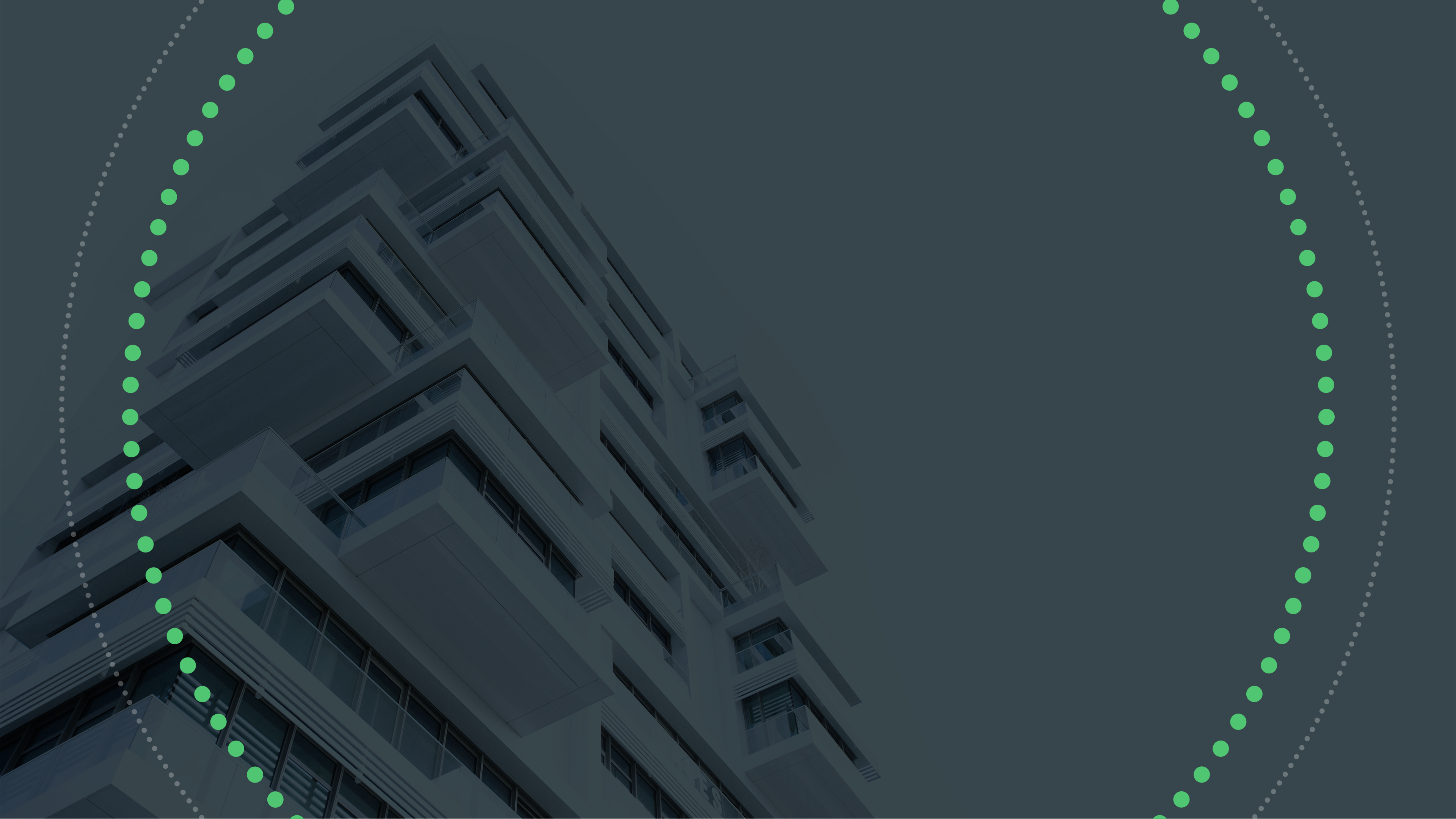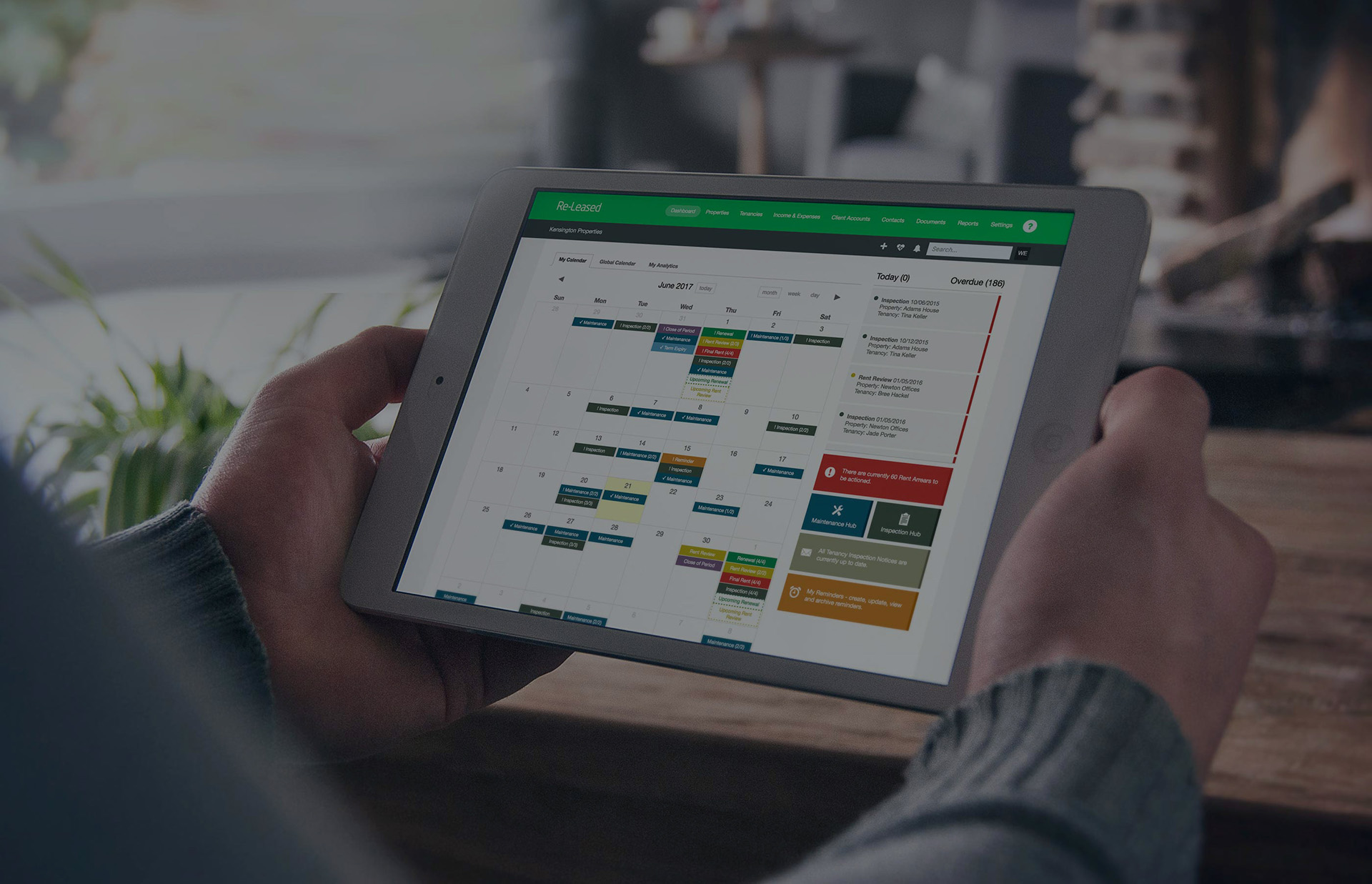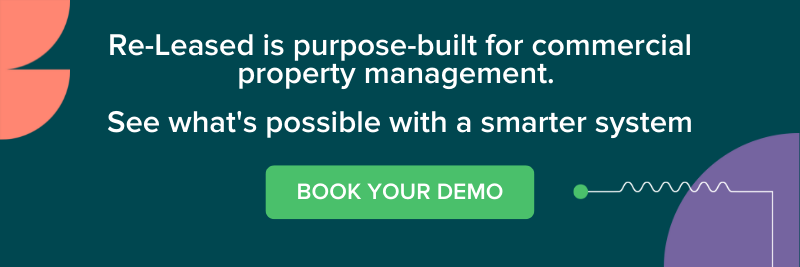 Growth: A Guide For Landlords
Growth: A Guide For Landlords
Managing Your Own Portfolio
Commercial landlords managing their own property portfolio can increase their yield by saving on property management costs. But this is dependent on the landlord’s ability to effectively and efficiently play the role of the property manager. Whether a single entity or a conglomerate of investors form “the landlord”, there needs to be a clear strategy on how to increase revenue potential from the property( or properties). On this page, we have outlined how landlords can get the most out of managing their own property portfolio.
Read time: 10 Minutes
What’s on this page? We’ve outlined it for you below.
1. Introduction: Buying Commercial Property Is One Thing; Managing It Is Another
2. Keep An Eye On The Metrics To Maximise Yield
3. Think About The Legalities Of Managing A Portfolio
4. Discover The Ways To Get The Most Out Of Your Portfolio
5. Understand The Challenges Of Finding (And Retaining) Tenants
6. Establish Property Management Processes And Systems
7. Conclusion: Leveraging Technology Is The Best Approach To Save Time And Money

Introduction: Buying Commercial Property Is One Thing; Managing It Is Another
It may seem like a relatively easy task to manage your own commercial property assets – the assumption typically is to collect rent, arrange any repairs, and call it a day. But there is a lot more to managing commercial property than that.
As a landlord opting to manage your own portfolio, you need to be aware of legal compliance, as well as the end-to-end property management service. Or in other words, what commercial property managers do on a daily basis. Rent reviews, lease agreements and structures, and outgoings and budgeting outlines (also known as service charges and CAM) are all activities that are crucial to running a smooth commercial property management operation.
.jpg?width=5616&name=anthony-delanoix-8997-unsplash%20(1).jpg)
Keep An Eye On The Metrics To Maximise Yield
In order to reap the financial rewards of a commercial property portfolio, having a holistic understanding of how properties are performing is key. Establishing and keeping an eye on metrics and KPIs will allow for growth and the resources to scale your portfolio.
Here are the KPIs that landlords – similarly to commercial property managers – should focus on:
1. Vacancy levels
The ability to make the right decisions must be informed by keeping track of vacancy levels. Review how the figures are stacking up. Often, landlords and property managers must increase expenditure in order to reap the financial gains of maximum occupancy.
2. Assessing rent levels
The average rent metric is not to be underestimated and can mean the difference between keeping hold of good tenants or losing them to more effectively priced competitors. Regularly analyse and compare your average rent against that of other, comparable, local properties.
3. Repairs and maintenance
It can be time-consuming to shop around for tradespeople and compare prices on what different repairs should cost. That’s why it's important to have a long-term database of go-to contacts who you know and trust. Using property management software that integrates with relevant, industry-leading maintenance apps will boost efficiencies and allow landlords to focus on addressing tenant requests are they are filed.
4. Keep on top of lease events
When are your leases due to expire? Are they on rolling leases, or set for a renewal? Do you have advance notice for upcoming rent reviews? A tenancy schedule or automated system detailing this (and additional) information will help you to build an accurate picture of the tenancies and their terms.
5. Outgoings/Service Charge management
Ensuring you’re reconciling and managing these budgets with accurate reporting and auditing will be critical.
6. Arrears and cashflow
It is a given that having a bunch of rental arrears owed to landlords by tenants will seriously impact cash flow. Minimising and reducing the number of tenants in arrears and keeping on top of collections should be a priority.
7. Revenue and growth
Landlords may watch occupancy levels closely but it is important to know the actual revenue yield. Monitoring your revenue growth will show you precisely how your business is performing year-on-year. Where are you doing well, and what could be improved? This critical thinking is important.
8. Analysis
To gain a thorough overview of your portfolio performance (and, indeed, your entire business as a whole), you’ll need to put together an analysis report of the property, detailing areas including rent levels, property values, arrears, income and expenses, WALT calculation, and more).

Think About The Legalities Of Managing A Portfolio
Landlords must be aware of the legalities involved in managing their commercial property portfolio. Things such as tenant rights, lease documents, contract stipulations and clauses are unique to every commercial property, so having a well-rounded understanding of the key factors involved in managing commercial property is important. It is a good idea for landlords to engage a legal firm to help with the production of all necessary documents, and to gain the legal knowledge required to run their own portfolio.

Discover The Ways To Get The Most Out Of Your Portfolio
Return on investment (ROI) is typically the number one motivator for commercial property investors – that is, the year-on-year yield offered by a property portfolio.
Commercial property investors often overlook the immediate changes they can make to their existing properties in a bid to increase profits, such as making their commercial properties smarter. Here are some things commercial landlords can do to get the most out of their portfolio:
1. Improve communication with automated property management software.
2. Implement platforms, such as the internet of things (IoT), to know when things break, without tenants having to always report maintenance tasks.
3. Stop “too hot/too cold” areas and enhance tenant experiences with real-time communication and feedback systems.
4. Upgrade now to save down the line with renewable, energy-efficient solutions.

Understand The Challenges Of Finding (And Retaining) Tenants
As commercial property owners, landlords face several tenant challenges unique to the commercial market. The positive news is that if you’re a landlord currently facing these issues, or you’re looking to manage your own portfolio, you're not alone.
It’s important to think strategically as a landlord to ensure that properties don’t remain vacant for long as to not lose out on generating rental income. The savvy navigational skills required to rise above tenant retention and tenant sourcing aren’t all that difficult, but there are some key things to keep in mind such as economic changes, development peaks and troughs, as well as shifting tenant demands.
Having a far-reaching tenant acquisition strategy puts landlords in a strong position to attract quality commercial tenants who fit their ideal profile: i.e. tenancy duration, business growth prospects, etc.
This can be achieved by implementing a robust online campaign that is targeted to the right demographics, which can be executed across a number of platforms. Owner assist outlets, commercial leasing websites and relevant social media platforms are all critical touch points to cover.

Establish Property Management Processes And Systems
Landlords opting to manage their own property portfolio need all of the tools they can get their hands on. Without the luxury of outsourcing to an agency, landlords have to be accountable to themselves to make sure that the maximum potential of their portfolio is tapped into.
There are a number of key processes and procedures that landlords need to enlist to their daily tasks in addition to collecting rent and managing arrears. Things such as getting the legal, lease agreement paperwork drawn up, routine inspection structure, tenancy schedule management and maintenance task administration, and rent review execution have to be taken care of and accounted for as an integral part of the landlord’s self-management of their portfolio.
If these activities are done correctly, efficiently and transparently, landlords can gain total control of how their properties are performing. Cloud-based property management software eliminates costly mistakes by automating the manual property management process and provides deep financial insight, so landlords can run relevant reports to understand the performance of their assets.

Conclusion: Leveraging Technology Is The Best Approach To Save Time And Money
Moving away from paper-based systems to a more proactive method of property management is the key to driving business growth in today’s ever-changing, ultra-competitive property landscape. This is true for property management agencies, but just as true for landlords managing their own portfolios, too.
Landlords who adopt property management software to help manage their property portfolio unlock a suite of tools to use to their advantage in understanding how to maximise profits.









